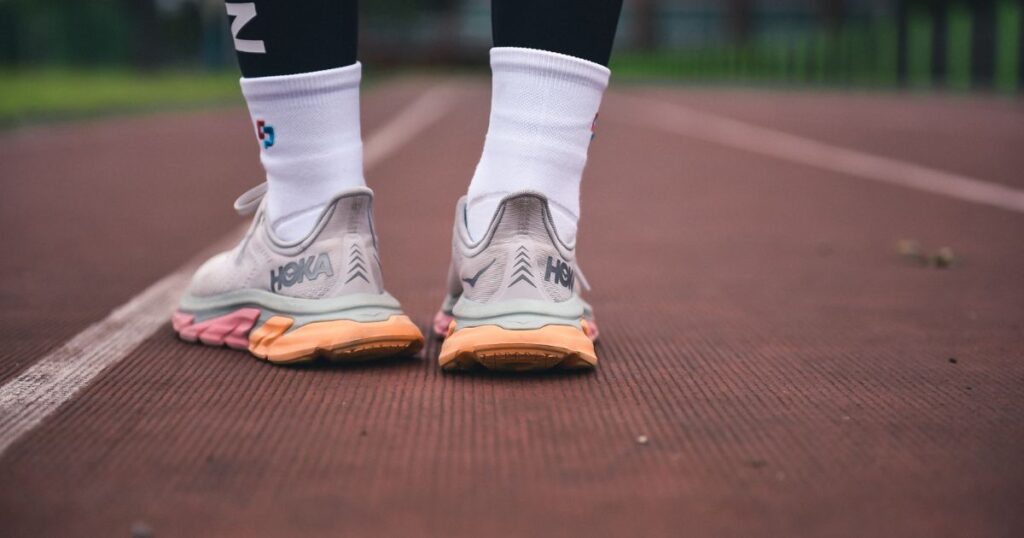How Often Should My Teenage Athlete Work Out?
Determining the Right Workout Frequency
A friend’s son is an elite-level lacrosse player. He keeps a busy schedule – physical therapy for an ongoing ankle injury, occasional speed training with a personal trainer, high school practice, and frequent private training sessions or solo runs. He manages all of this independently without anyone looking at his overall workload. It wasn’t until he started feeling exhausted all the time that they realized something was wrong with his training frequency.
Understanding Optimal Training Frequency
According to Professor Richard Davison, an internationally acclaimed exercise physiologist and President of the European College of Sport Sciences 2024 Glasgow Congress, there is no one-size-fits-all approach to optimal training frequency. Each person’s body is unique and may require a different workout schedule. Elite athletes often require more intense and frequent training routines compared to other athletes due to their high-performance demands, but again, there isn’t a one-size-fits-all.
” I could take a group of ten individuals of a similar age, with similar physical ability, give them exactly the same training program in terms of the number of sessions and the intensity of sessions,” he explains. “And if we measured the change in their fitness, there would be a very wide range of responses, simply due to the genetic differences in how we respond to training.”
What a fascinating finding, especially for parents and coaches. Kids doing the EXACT same training regimen will have different outcomes of fitness. So, it’s essential to understand some basic principles to help your athlete get the most out of their training.
The Dangers of Overtraining
The consequences of overtraining are as serious as those of not working out enough. Not only can it lead to physical injuries, but it can also negatively affect an athlete’s mental well-being. As Davison puts it: “Too many sessions just do not allow the body to recover and adapt, and you end up in a downward spiral of fatigue and over-training.”
Finding the Right Balance
Finding the right balance between overtraining and waiting too long to work out again is essential, which can lead to detraining. Detraining is the decline in physical fitness when an individual reduces their training frequency or intensity or stops training altogether.
Listen To Your Body
That’s why your kids must listen to their bodies. Pay attention to unusual muscle soreness, dips in performance, and persistent fatigue – these are all signs that your athlete may be overtraining.
This balance is delicate, but by having them pay attention to their body and their mind, we can help determine what works best. I suggest getting a journal or using notes on their phone and tracking when they are working out, what they are doing, what they are eating, their sleep, and how they feel before, during, and after working out.
Training with an Objective in Mind
Davison emphasizes that all training should have a clear objective. Whether building strength, improving speed, or increasing endurance, your workouts should align with your goals. There should be a feedback loop to maximize the time spent and progress made.
The Progressive Overload Principle
Gradually increasing the stress placed on the body is key to effective training. This principle, known as progressive overload, can be applied to all forms of exercise – from cardio to strength training. You can increase stress by adding more reps, increasing frequency, extending workout duration, or lifting heavier weights.
Varying Your Workouts
In addition to progressive overload, it’s essential to vary the type of workouts your athlete is doing. This not only prevents boredom but also ensures that all muscle groups are being targeted.
Rest and Recovery
Rest and recovery are just as crucial as training itself. Ensure your athlete has time to rest and recover between workouts and that they are properly caring for their bodies pre and post-workout. Some foods are good for building muscle and giving you energy, whereas others are more helpful post-workout to recovery. They must also get adequate sleep to help their body repair at night.
Communication
Effective communication among parents, coaches, athletes, and trainers is essential to managing an athlete’s workload. Everyone involved in the child’s training must be on the same page to avoid overloading them with too much training and causing physical and mental strain. Open communication channels allow each party to voice their concerns, share insights, and provide updates on the athlete’s progress, fatigue levels, and overall well-being. Regular emails to the entire group can be an excellent way to ensure all parties are informed and can collaboratively adjust the training schedule as necessary for the optimal development and well-being of the child athlete.
Conclusion
If your child wants to excel in their sport, understanding the basic principles around workout frequency is critical. Don’t just sign them up for all the different trainings and practices and think that someone else is monitoring their workload and frequency. You and your child need to connect the dots for all they are doing. Customize a workout schedule by finding the right balance, getting all parties on the same page, and tracking how they feel.
More Articles From Ilovetowatchyouplay.com
My Daughter Quit Sports, and This Is What Youth Sports Parents Need To Know
